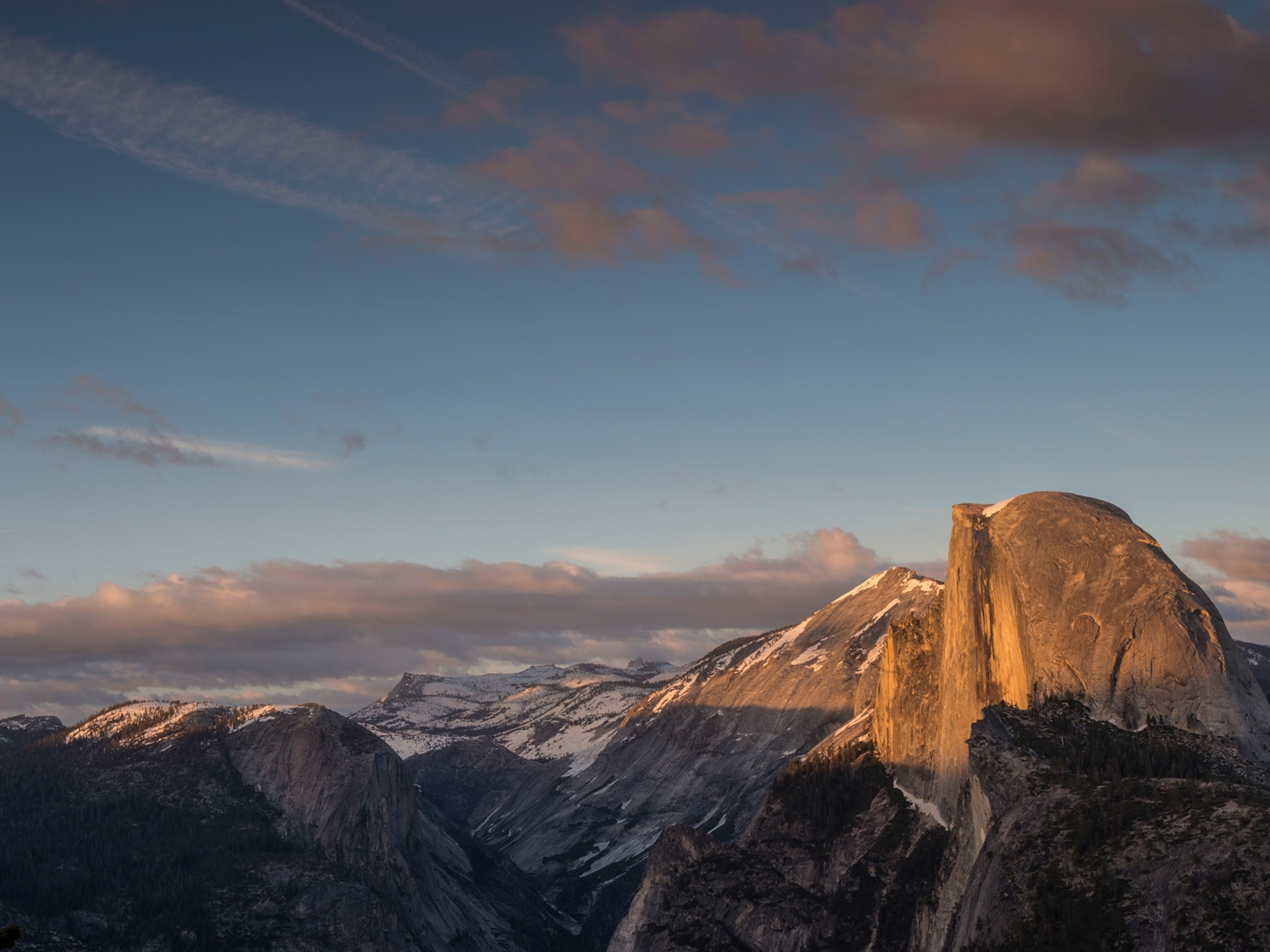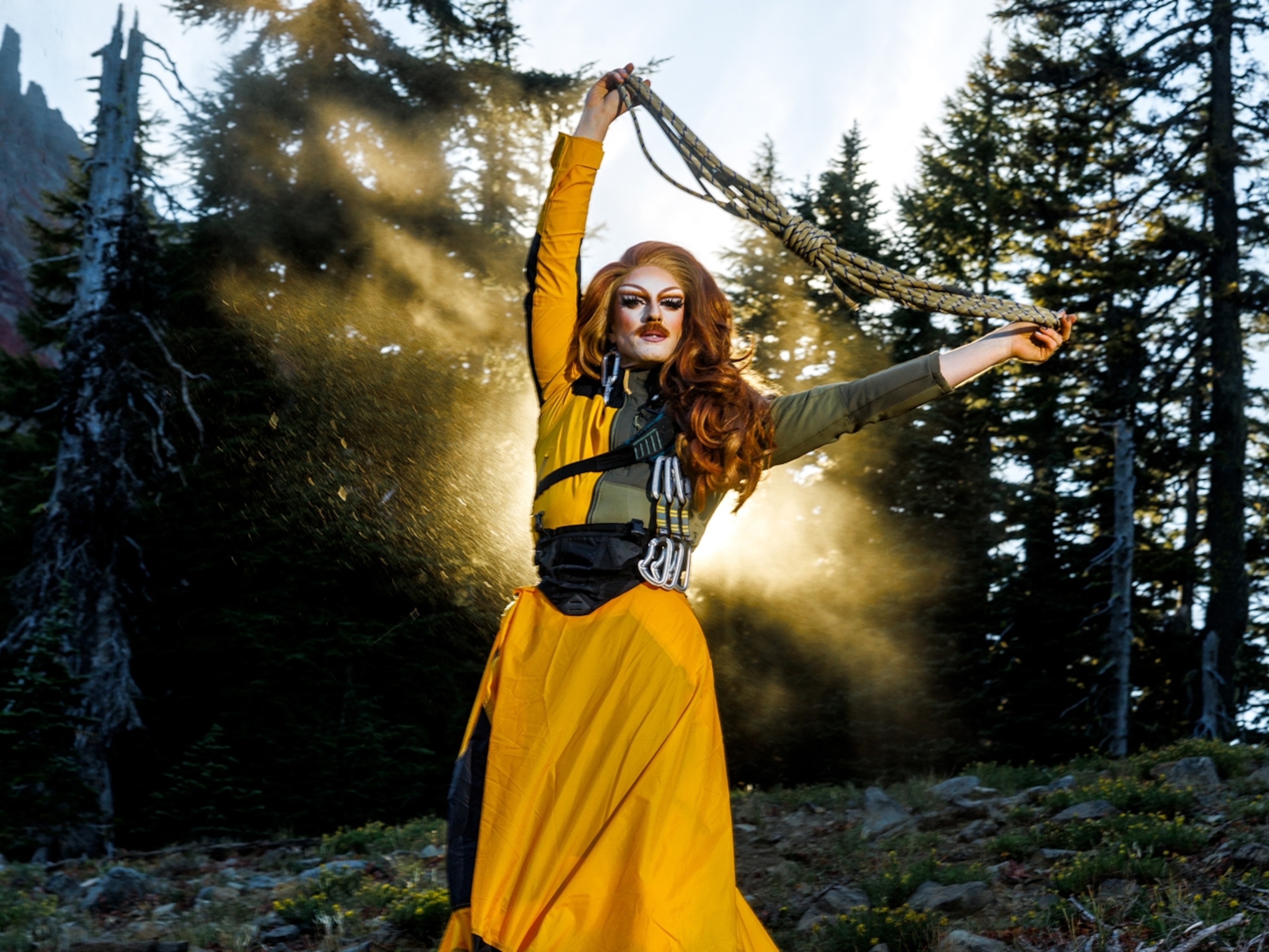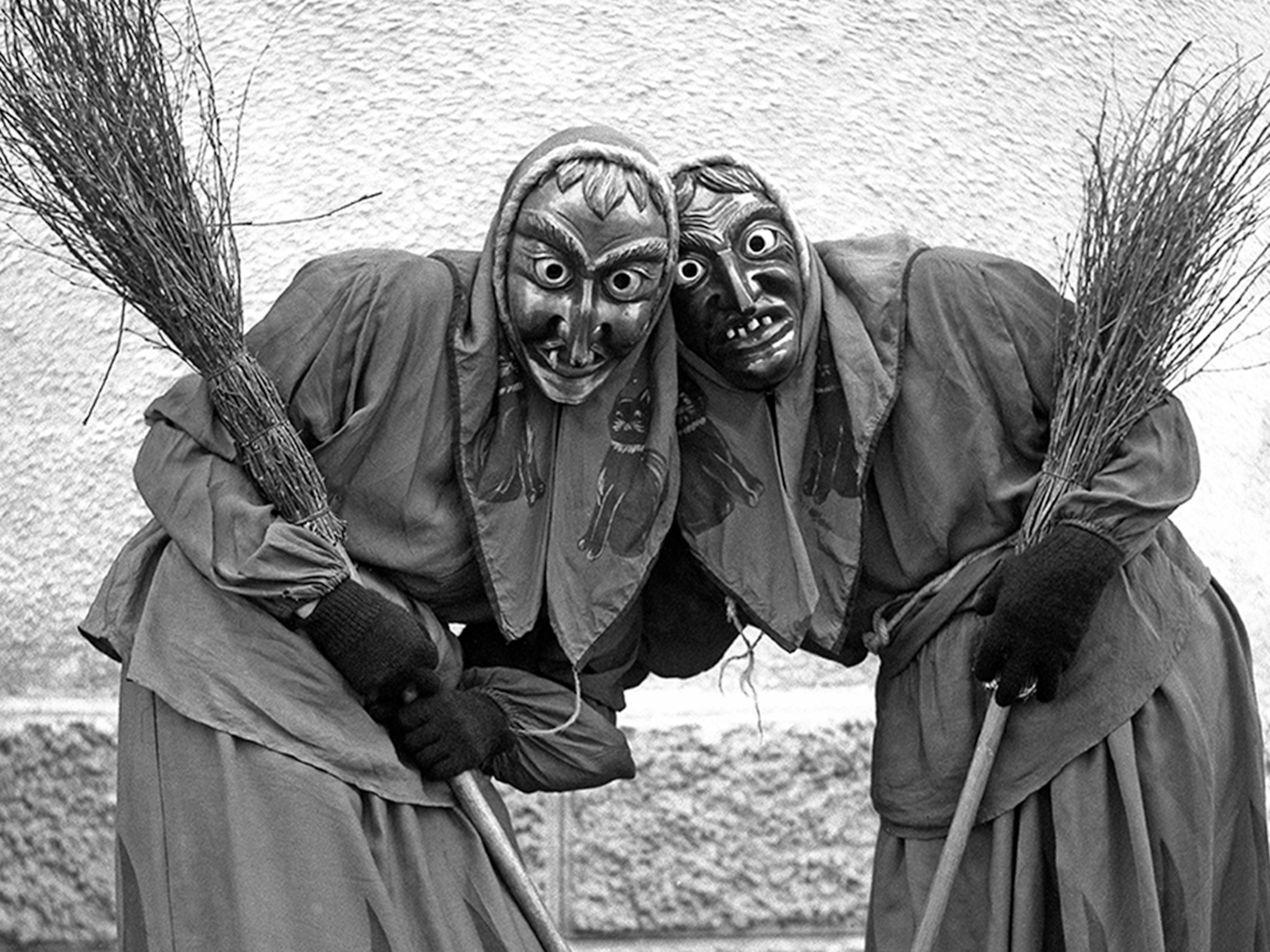
5 lesser known national parks to add to your bucket list
These more remote U.S. parks, from Alaska to American Samoa, are kept well away from the bustling crowds.
The national parks in the United States are chosen for their natural, historic, and cultural values and are specially designated by an act of Congress or executive order. They vary in size from a single home—the smallest site is Thaddeus Kosciuszko National Memorial in Pennsylvania— to larger than the size of Switzerland, as is Wrangell–St. Elias National Park and Preserve in Alaska.
Some of the sites that become national parks might not be the most trodden; some may take a little more exploration to find. Here are five of those kinds of parks.
Hot Springs National Park

This park’s pine-, oak-, and hickory-forested mountains encircle the northern edge of the city of Hot Springs, Arkansas, which is centered over 43 thermal springs and 26 miles of hiking trails. Congress created Hot Springs Reservation in 1832, 40 years before it established Yellowstone.
Even before official park designation in 1921, Hot Springs had become a destination for curing health issues such as nervous disorders and arthritis. Seeping through Ouachita Mountain rocks as rainwater more than 4,000 years ago, the fossil water is heated to an average temperature of 143°F (62°C) by the natural heat of Earth a mile underground. Artesian pressure forces the water up through a fault to the base of Hot Springs Mountain.
Each day the reservoir collects about 700,000 gallons of water. In addition to bathing, visitors come to tour eight ornate, late Victorian-era bathhouses—many in the Spanish colonial style—along Bathhouse Row.
Indiana Dunes National Parks
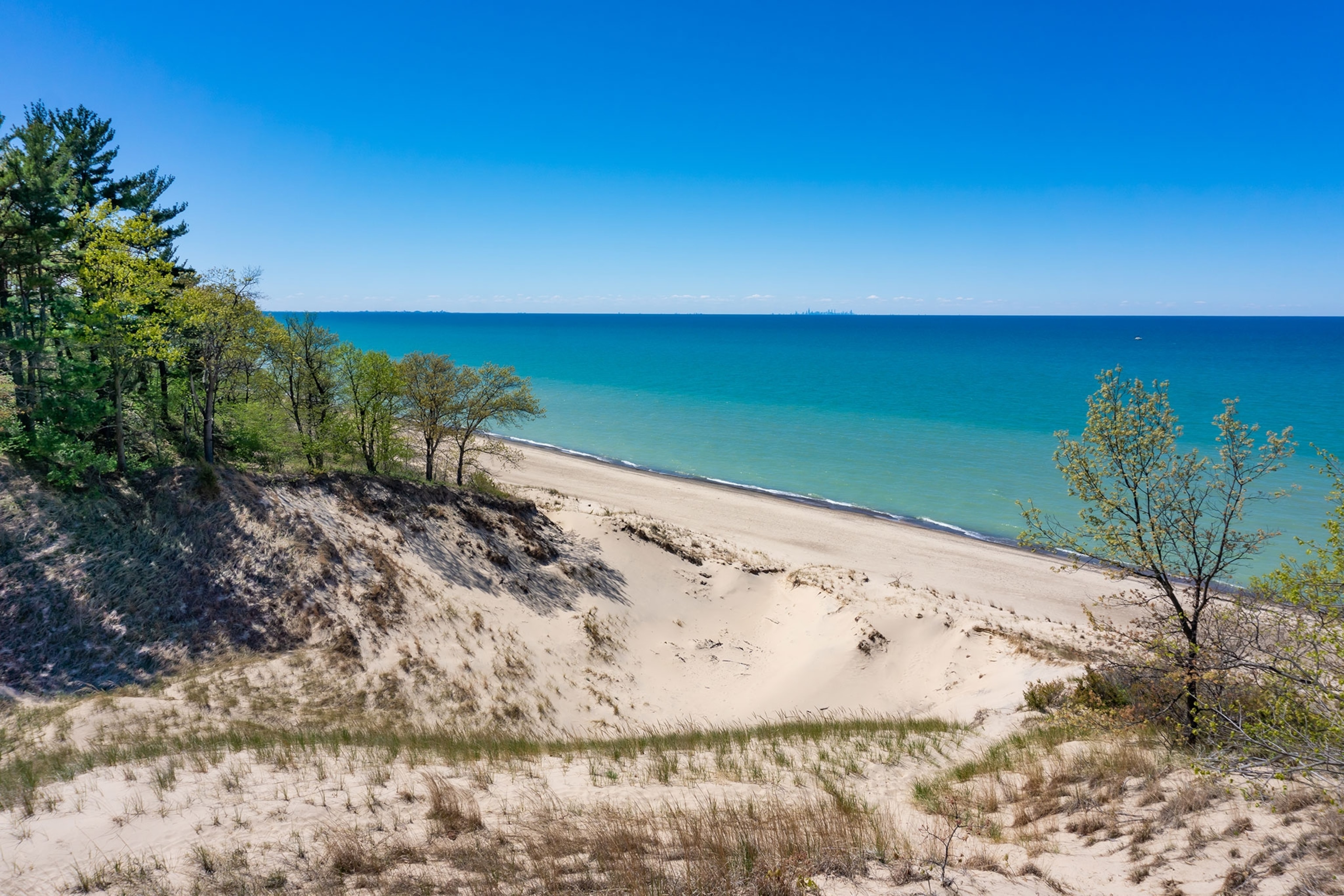
With its 15 miles of shore under the constant sculpting forces of Lake Michigan’s wind and waves, Indiana’s only national park has high sands from which visitors can see the skyline of Chicago across the lake.
The phenomenon of singing sands, which may occur once a month under optimal conditions, can be heard from 30 feet away. It’s caused by the quartz crystals, moisture, and friction from footsteps, which creates a clear, ringing sound.
Trails lead through the park’s dunes, wetlands, prairies, and forests, home to more than 1,100 species of vascular plants. The park also shelters more than 60 historic structures, including houses from the 1933 Chicago World’s Fair.
Theodore Roosevelt National Park
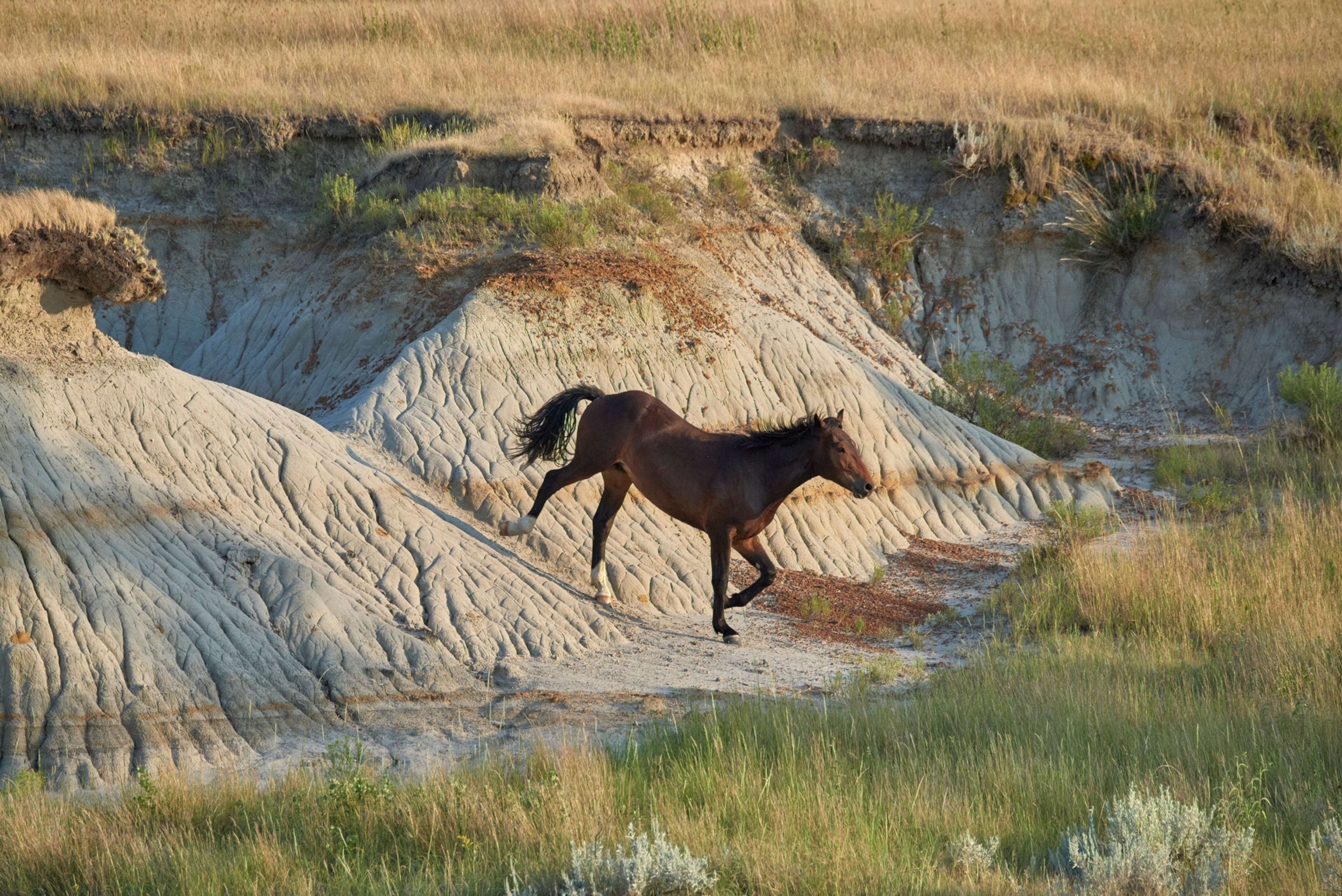
Tucked away in southwestern North Dakota, with the South and North Units 70 miles apart and the tiny Elkhorn Ranch Unit in between, this isolated park offers wind-scoured, multicolored badlands; hundreds of species of wildflowers; and an unexpected amount of wildlife, including wild horses, deer, elk, pronghorn antelope, bighorn sheep, and bison, the species that Theodore Roosevelt—hunter, conservationist, and namesake of the park— helped save from extinction.
Roosevelt acquired Elkhorn Ranch in 1884 and returned repeatedly to raise livestock and pursue “the strenuous life.” His experience later inspired him to protect 230 million acres of park and public lands nationwide. Although conservation is a cornerstone of Roosevelt’s presidential legacy, some of his policies uprooted and devastated Native Americans, including the Three Affiliated Tribes—the Mandan, Hidatsa, and Arikara Nation—who once inhabited this parkland.
Gates of the Arctic National Park and Preserve
Unlike any other national park, this giant park is entirely above the Arctic Circle. In the northern park during winter, the sun doesn’t rise for nearly a month; in summer the sun doesn’t set for nearly two months.
Beneath thousands of caribou paths, melting permafrost soaks the tundra in summer, watering a wealth of Lilliputian plant life from underground. By August, autumn cooling and snow turn the lush carpet of plants a brilliant scarlet and gold. Looking across the vast tundra can be disorienting. With few visual cues, distant grizzlies look like nearby ground squirrels.
The park approximates the wonders of the Great Plains before settlement: Wolves chase moose through the dwarf willow, grayling flit through pellucid waters, sandhill cranes strut along the riverbanks, and huge herds of caribou migrate through—their leg ligaments clicking like castanets—in an uncountable blur.
National Park of American Samoa

Closer to New Zealand than the United States, American Samoa (“sacred earth”) is the most farflung and usually the least visited in the National Park System.
The park units are on portions of Tutuila, Ta’ū, and Ofu, three of the islands that make up the only U.S. territory south of the Equator. The park protects a paleotropical rainforest and more than 350 species of native birds; its only native mammal is a bat.
A third of the park is marine waters, with 250 coral species and 950 species of fish. Fishing is world-class, and Ofu Island has a protected reef for snorkeling and diving, along with a famous white-sand beach. Warm and humid, Samoa has a wet season that runs from November through April.


